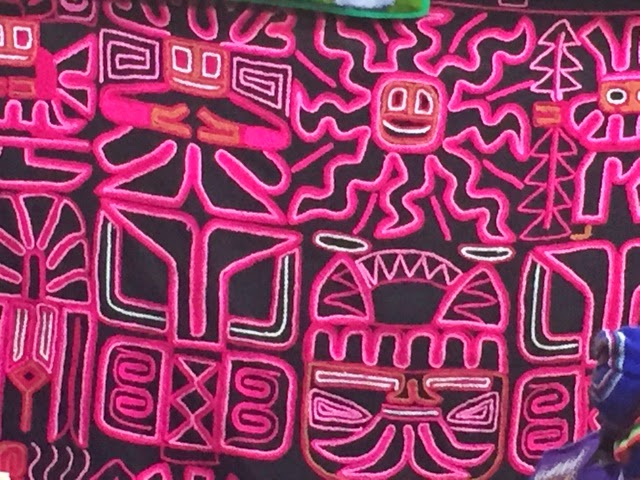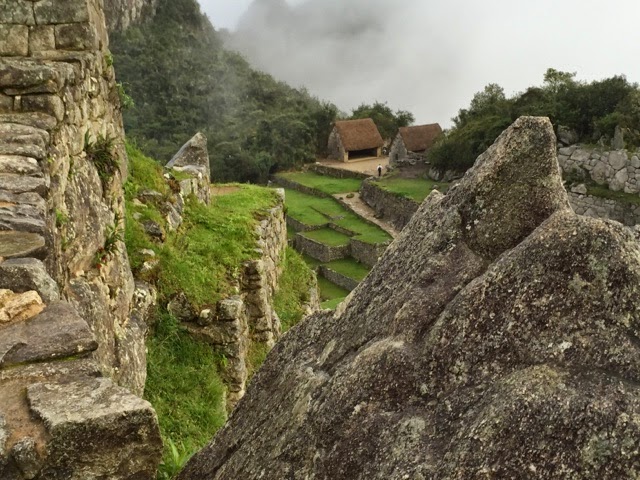Saturday, December 27, 2014
Sunday, November 9, 2014
Easter Island
How did they get here? Somehow a tribe of islanders navigated a fleet of wooden outrigger canoes southeast to this tiny speck in the vast Pacific Ocean, 3,700 kilometers west of South America and 1,770 kilometers from the nearest neighboring island (Tahiti?), The unique architectural culture reached its zenith during the tenth to 16th centuries, during which the Rapa Nui carved and erected the 900 moai across the island (and yes I think I photographed them all).
It’s not clear when the islands were first settled; estimates range from A.D. 800 to 1200. It’s also not known how the Rapa Nui died out either, some suggest explorers brought disease.
Saturday, November 8, 2014
Cuzco - Aguas Calientes
Machu Picchu
Machu Picchu means old peak and is a 15th-century Inca site located at 2,430 metres. It is situated on a mountain ridge above the Sacred Valley which is 80 kilometres northwest of Cusco and through which the Urubamba River flows. Most archaeologists believe that Machu Picchu was built as an estate for the Inca emperor Pachacuti (1438–1472). Often mistakenly referred to as the "Lost City of the Incas" (which is what Hiram Bongham was actually searching for when he stumbled across it), it is the most familiar icon of Inca civilisation.
The Incas built the city around 1450, but abandoned it a century later at the time of the Spanish Conquest. Although known locally, it was unknown to the outside world before being brought to international attention in 1911 by Yale Professor Hiram Bingham (on whom apparently Inidiana Jones was modeled). The city was in disrepair and most of the buildings have been reconstructed in order to give tourists a better idea of what the structures originally looked like.




























































